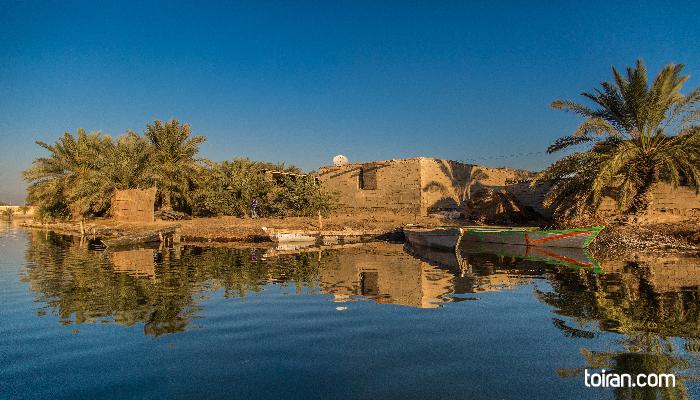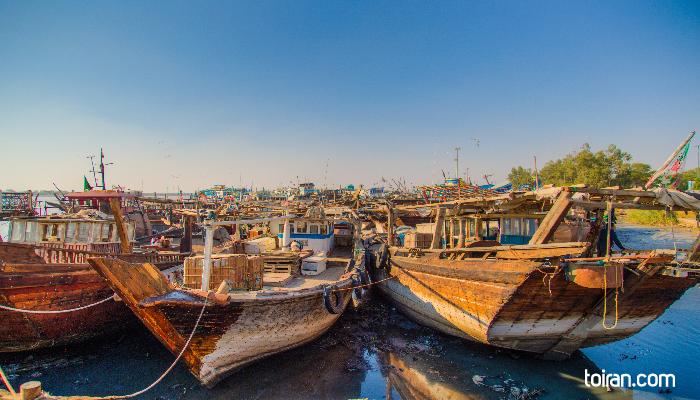Located in Khuzestan Province, Abadan in southwestern Iran is the biggest of the islands of Arvand River. The city borders Shadegan and Khoramshahr in the north, Bahmanshir River and Mahshahr in the east, the Persian Gulf in the south and Iraq and Arvand River in the west.
The city’s climate is influenced by the deserts in Iraq and Saudi Arabia and is therefore classified as having hot desert climate. Abadan experiences extremely hot summers and relatively mild winters and falls.
Abadan has been referenced in the writings of geographer Ptolemy (90-168 CE) who used the name ‘Apphana’ for the city. Some scholars believe that the name of the city was originally ‘Apphadan, ’ meaning ‘coastguard post’ as it is derived from the words ‘Ab’ meaning ‘water’ and the root ‘pa’ meaning ‘to guard’ in the Persian language.
The founder of the Sassanid Dynasty Ardashir I (180-242 CE), who also founded numerous cities in southern Iran, is said to have built parts of the city and named it Bahman Ardashir. Bahmanshir River is the shortened version of the city’s Sassanid name.
In 1913 the British established the Abadan Refinery and the city’s importance quickly began to grow. Following the invasion of Iran in World War II, Abadan became a strategic city as it had a port, an international airport and unlimited access to refined oil.
The city was extensively damaged in the 1980s Iraq-Iran war and despite reconstruction efforts Abadan has not fully recovered from the devastating effects of war.
Today, Abadan is known for its lively fish market where locals buy fresh catch of the day used in the many delicious seafood dishes of the city. Abadan is also part of the Arvand Free Zone, a 155 square kilometer industrial and security zone.











